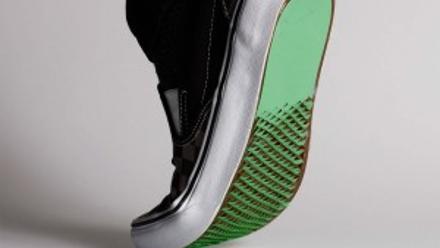Folding thin films with Kirigami practices
A Japanese art technique – Kirigami cuts – can be used to create 3D microstructures and nanotools for a sophisticated alternative to 3D printing.

The researchers from Northwestern University, USA, demonstrates how the paper-folding practices can be used with thin films of material and software to select exact geometric cuts – creating a wide range of complex structures inspired by the practice.
'By combining nanomanufacturing, in-situ microscopy experimentation, and computational modelling, we unravelled the rich behaviour of kirigami structures and identified conditions for their use in practical applications,' says Horacio Espinosa, Mechanical Engineering Professor at the University.
The researchers created 2D structures using techniques in semiconductor manufacturing and carefully placed kirigami cuts on ultrathin films. Structural instabilities induced by residual stresses in the films then create well-defined 3D structures.
The engineered kirigami structures could be employed in a number of applications, the researchers claim, ranging from microscale grippers (e.g. cell picking) to spatial light modulators to flow control in airplane wings.
These capabilities position the technique for potential applications in biomedical devices, energy harvesting, and aerospace.








